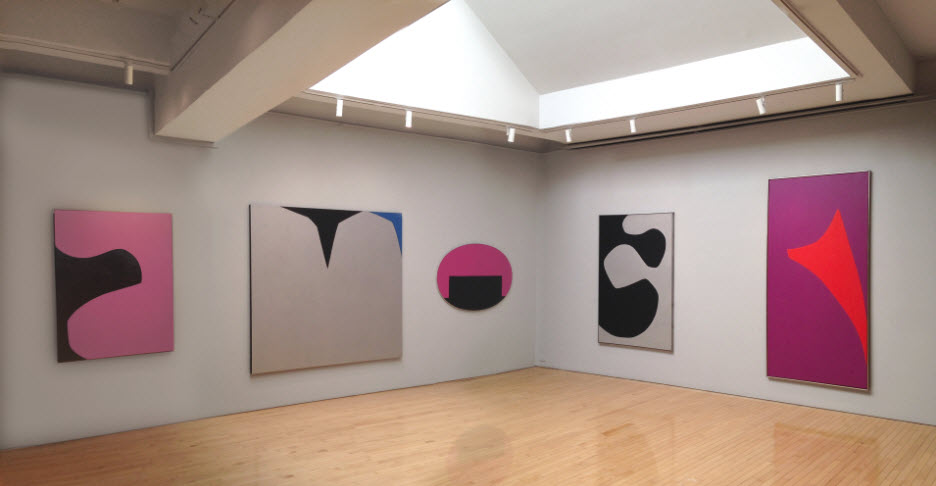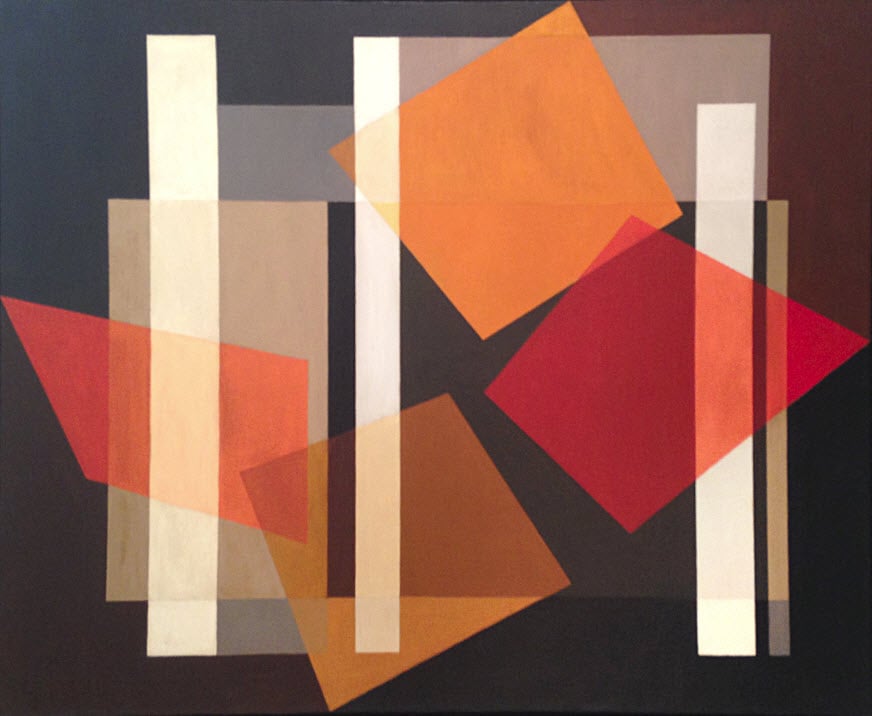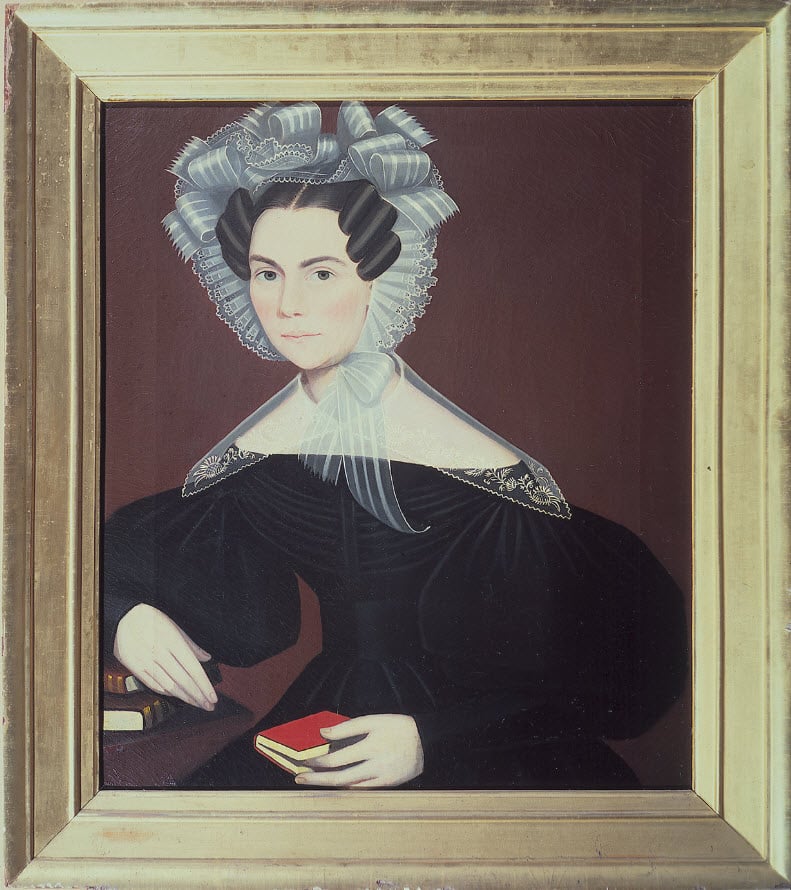Galleries
artnet Asks: After 44 Years of Dealing, Joan Washburn Hasn’t Lost Her Sense of Humor
What's changed in the art world? Lots.

What's changed in the art world? Lots.

Artnet News

Joan Washburn founded the Washburn Gallery in 1971, and has been exhibiting a consummate roster of artists ever since. From canon masters like Jackson Pollock to contemporaries like Tom Levine, Washburn Gallery has been consistently mounting exhibitions of the highest possible quality. The show currently on view, “Leon Polk Smith: Painting and Collages from the 1960s,” features the colorful, hard-edge edge geometric abstraction by the late American artist and can seen at 20 W 57 Street until October 31. In this interview, Joan Washburn discusses what lead her to dealing, how the art world has changed, and what constitutes success.

“Leon Polk Smith: Paintings and Collages from the 1960s” installation view. Courtesy of Washburn Gallery.
Tell us about your background in art and what led you here.
When I graduated in June 1951 from Middlebury College, it was with a very unusual “major in the arts” degree. Fortunately, after learning shorthand in six weeks, it led to my first job in the art world for the Kraushaar Gallery at 32 East 57 Street in September.
What is the first artwork that captured your attention?
Unfortunately, I suspect it was Skira reproductions of dreary Utrillos.
What type of art does your gallery focus on?
The Washburn Gallery embarked in 1971, and our focus has changed in the past 45 years. I would say our direction in the past decade has been American abstract painting and sculpture from the 1930s until the present.
How did you settle on your specialty, and what makes your gallery unique? What is the most challenging part of running a gallery?
I did not “settle” on a specialty. Perhaps that is a mistake, but am always curious and over the years have organized a rather dizzying array of very interesting and unusual exhibitions, from Ammi Phillips to Jackson Pollock. In 2003, my son Brian Washburn joined the gallery. A graduate of the Rhode Island School of Design, Brian has added a much greater professional knowledge of the craft in painting and sculpture, plus art history, contributing to the gallery’s expertise in the field.

Jackson Pollock, Untitled (Composition on Brown) (c. 1945). Oil on brown canvas. Courtesy of Washburn Gallery.
What has been your proudest moment?
My proudest moment was probably in 2008, when I was honored with Virginia Zabriskie by the Archives of American Art. We raised more money for the Archives than any other previous gala.
Do you have any regrets?
None, except perhaps I have never managed to make lots of money, the marker of success.
What is your next important show? Tell us why we should come.
Our most important show is always the one on view: “Leon Polk Smith: Paintings and Collages from the 1960s.” I am looking forward, however, to a retrospective exhibition of paintings by Alice Trumbull Mason, who we have represented since 1974.

Alice Trumbull Mason, Staff, Distaff and Rod (1952). Oil on canvas. Courtesy of Washburn Gallery.
Since you started, what have been the biggest changes in the gallery market?
The biggest changes are the availability of important works, the art fairs, the auctions, the number of galleries, technology, and last but not least—money.
What advice can you give to a first-time collector?
Go to museums and galleries, do not depend on technology to educate your eye.
If you could own any artwork, what would it be and why?
A still life by Zurbaran. Look at any one of them, and you should know why.
If you were not an art dealer, what would you be doing?
When I had just graduated from college I thought it would be wonderful to be an airline stewardess, fly around the world with no responsibilities. Alas, I was overweight.

Ammi Phillips, Portrait of Almira Lucretia Perry (c. 1836). Oil on canvas. Courtesy of Washburn Gallery.